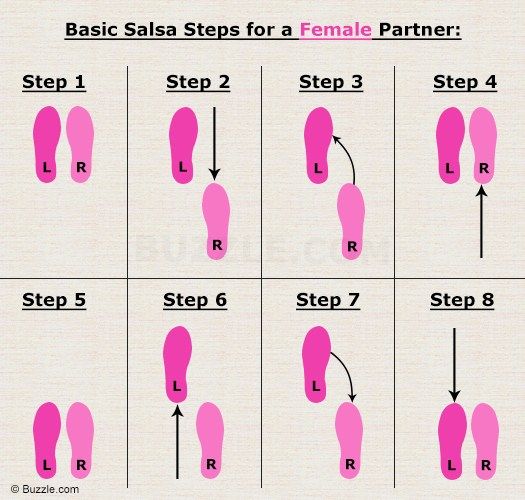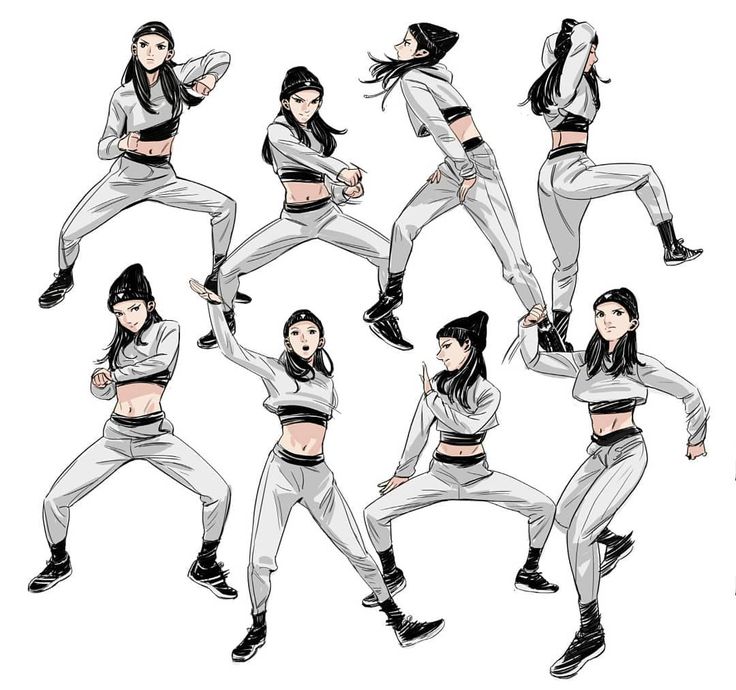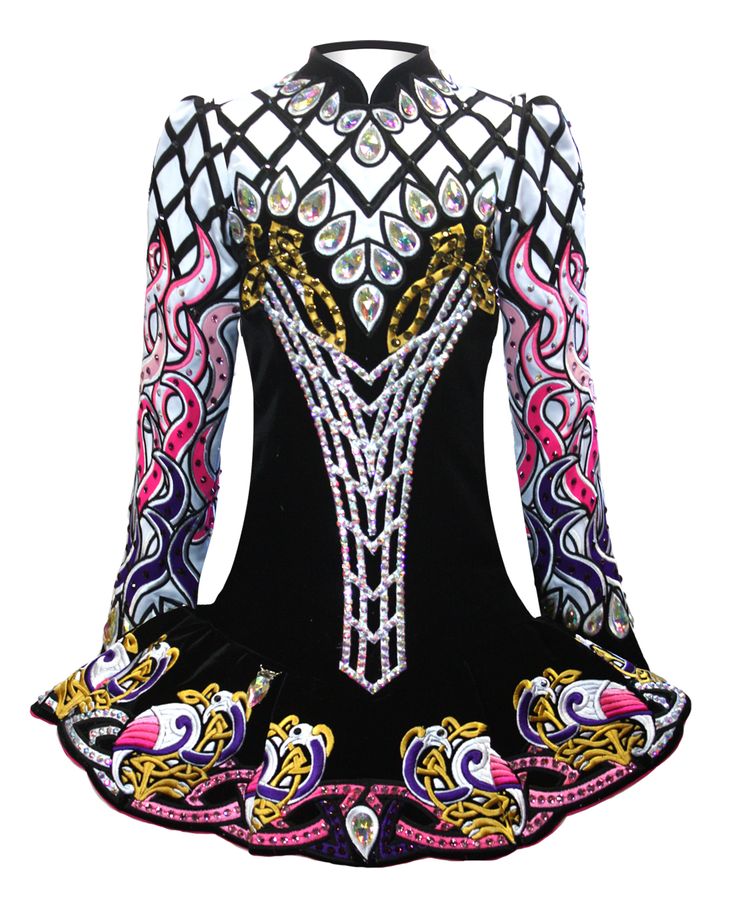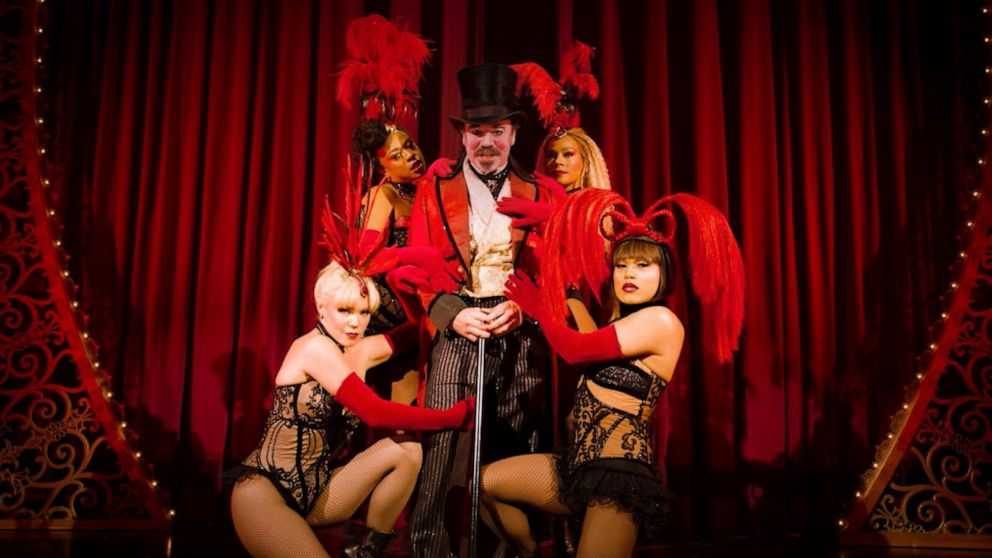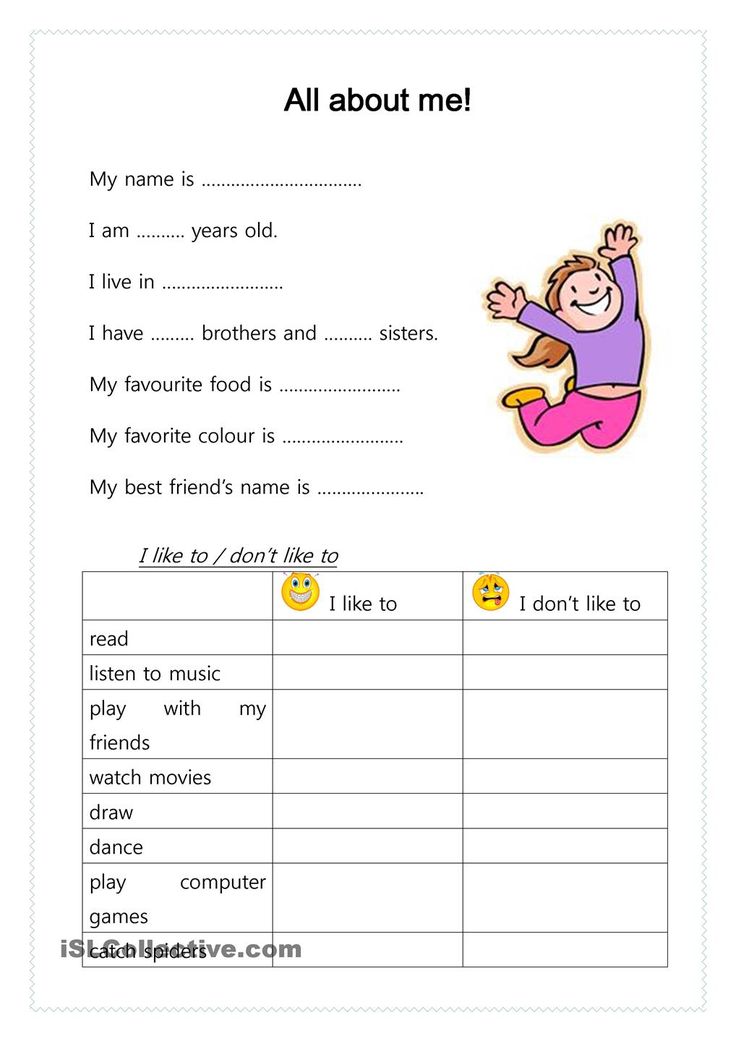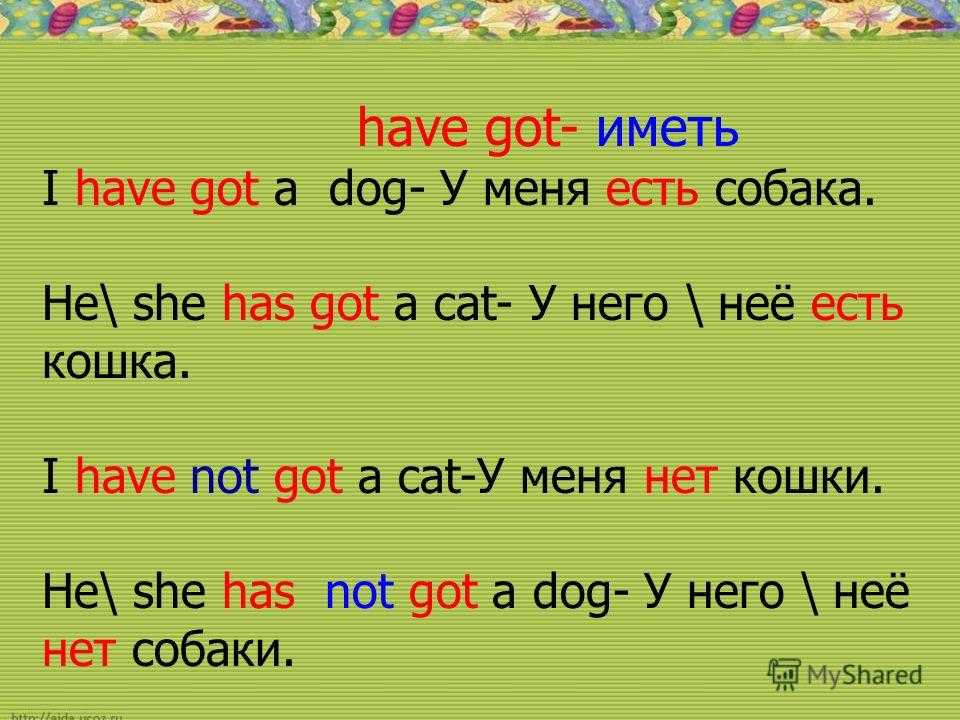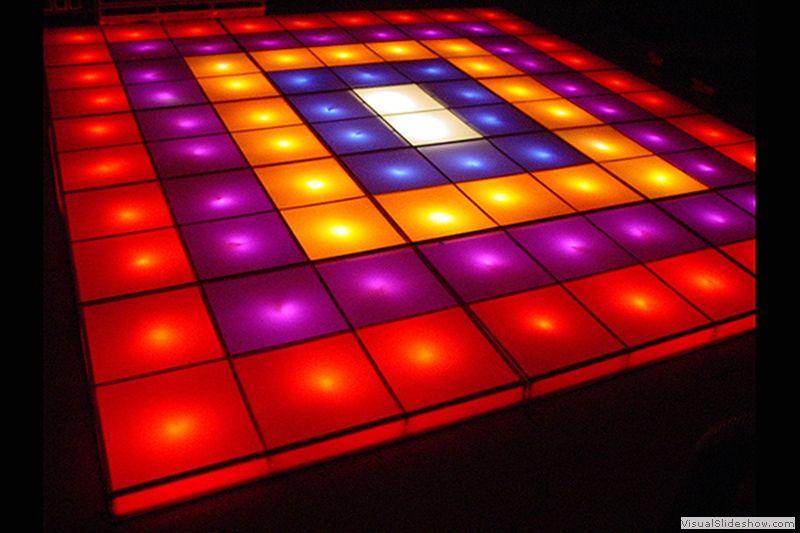How to count dance steps
What is an 8 Count in Dance? – CLI Studios
July 1, 2021 February 16, 2022 / 3 minutes of reading
Counting music in dance
Dance and music are of course partners in crime, joined at the hip, married for life (you get it). Without music, dance wouldn’t exist and without dance, music wouldn’t have innovated and evolved into its ever-changing incarnations. The two need each other. So it’s fair to say that to understand dance, you have to learn a little something about music. Today we are going to cover one of the fundamentals of dance choreography and music. We’re talking of course about the 8 count dance.
How to use the 8 count
To understand an 8 count in dance you have to know what the name even means. So let’s start at the beginning. In the world of music, the vast majority of styles and songs are in something called 4/4 time. This means that in one measure (or bar, or pattern) of music there will be four beats (the top number) and those four beats will be something called quarter notes (the bottom number). Quarter notes just divide a whole note (which is worth one measure, or bar) into even quarters. And if there are four of them, then it is really easy to count along: one-two-three-four, one-two-three-four. There. That’s two measures (or bars…you get the idea) of 4/4 time, with four quarter beats in each measure.
Therefore, an 8 count dance is a dance pattern which fills two bars of 4/4 time, and the count is simply the number of beats in those two bars. Why two bars? Well, for a lot of reasons. One, it’s easier to fit more unique movements before a change up or repetition in eight beats than it is in four beats. Another reason is that, as was mentioned earlier, dance evolved with music, and a lot of popular dance music, from the blues to jazz, has musical patterns which occur in the space of two or more bars. It also gives the dancer more room for accents, which is just another way of saying “beats that are accentuated.” The 12 bar blues, for example, is a popular form of blues music in which you have three different patterns, each pattern worth four bars of 4/4 time, which resolve and repeat after a total of twelve bars. What makes the music fresh and popular is the choice of accents and instrumentation in that predictable pattern. Similarly when dancing to a 12 bar blues, the dancer knows that they have two 8 counts in each of the three patterns before the song resolves and repeats.
What makes the music fresh and popular is the choice of accents and instrumentation in that predictable pattern. Similarly when dancing to a 12 bar blues, the dancer knows that they have two 8 counts in each of the three patterns before the song resolves and repeats.
Try it out
If this sounds tricky just remind yourself that it really isn’t. Try this: Put on your favorite simple dance track (or look up a 4/4 dance beat on YouTube), and clap along with the beat, starting at the beginning of the song, or at the beginning of a pattern. Have you made it to four? Good, that’s a measure. Now do that again and you have your 8 count. Easy as Sunday morning.
What makes the 8 count so important is its simplicity and its versatility. Because it is built off of 4/4 time, which is the foundation of almost any style of popular music, an 8 count can be used to choreograph a massively diverse number of moves and styles. It’s at the very beginning of dance language, and is a literal bridge between music and dance, that eternal married couple. Now get out there and count some beats!
Now get out there and count some beats!
Put your newfound knowledge to the test and start taking classes online with CLI Studios today!
The Complete Beginners Guide to Counting for Ballroom Dance
Why does your instructor always count to you during your lesson? One reason is of course to try and get you on the beat of the music, but another reason is that they are trying to teach you how to count time for yourself. Some dance students find this “counting” confusing, pointless, or frustrating- especially in the beginning. Of all the skills you must posses to become a dancer, this one is definitely the most difficult thing to quantify, and also sometimes, to teach.
First of all, what are we counting, exactly? Each dance has its own “rhythm”, or cadence within the musical timing. This cadence isn’t unlike sounding out phonetics in language. Each of us has experienced this before when tapping your foot to the beat, or clapping your hands with the song. In order to marry this dance rhythm to the music, we usually quantify our movements in terms of “Slows” (S) and “Quicks” (Q), where “Slow” is worth 2 beats and “Quick” is worth just 1 beat. When we have a long series of “Quicks”, we often count the dance numerically, in order to differentiate where we are in the rhythm. Cha Cha and Swing are good examples of this. Each of the primary ballroom dances have different counts:
In order to marry this dance rhythm to the music, we usually quantify our movements in terms of “Slows” (S) and “Quicks” (Q), where “Slow” is worth 2 beats and “Quick” is worth just 1 beat. When we have a long series of “Quicks”, we often count the dance numerically, in order to differentiate where we are in the rhythm. Cha Cha and Swing are good examples of this. Each of the primary ballroom dances have different counts:
Waltz – 1,2,3
Waltz is not difficult to count to because both the steps and the music are grouped in even counts of three. Remember though, that because there are an odd number of counts, you will start dancing each new bar on a different foot. Because of this, it is sometimes helpful to count two bars at a time (1,2,3 – 4,5,6), to give a sense of completion to each step. If the alternation of steps really throws you off, you can also “count” the foot alternation along with the rhythm as well. This would go : “left, right, left, right, left, right…” etc. until you get the alternating footwork sorted out.
until you get the alternating footwork sorted out.
Fox Trot – S,S,Q,Q
Although Foxtrot music has 4 beats per bar, the basic dance rhythm is 6 counts long: S,S,Q,Q (remember “Slows” are worth 2 beats of music). This means that a basic step takes 1½ bars of music (just like Swing). You can see below that although the beginning and end of the steps don’t always match the beginning and end of the bars, they do match up every 3 bars. More experienced Foxtrot dancers often use steps with alternative rhythms like the box step and chasses, to match the dancing to the music when it feels good to do so. The timing for box steps and twinkles are S,Q,Q. Because the musical phrasing is a little bit off from the rhythm of the steps, it’s best not to worry too much about always starting on the “1” in the music, or always starting a new pattern there. You do, however need to start each action on an even numbered beat. Starting on a “3”, for instance will put you out of sync with the music.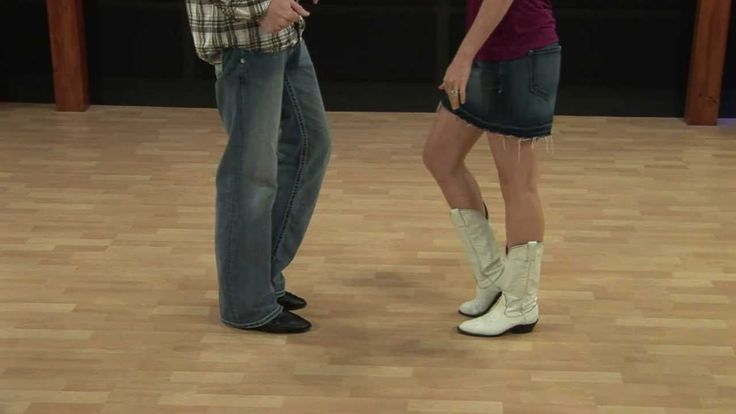
Tango – S,S,Q,Q,S
Theoretically, because it has 2 beats per bar, Tango should be counted 2 beats at a time. This can be confusing however, for dancing ballroom Smooth or Standard Tango and it is more practical to count a phrase of 4 or 8 beats of music at a time. In Standard Tango, the steps are counted in groups of 4 beats, and in Smooth, the 8 count system is used. For Smooth Tango, all of our steps are 8 counts long, S,S,Q,Q,S. This means that not all Tango songs are suitable for Ballroom Tango. In order to dance Ballroom style tango, the music must have bars that line up in groupings of 2 to 4 bars without changing phrasing. If you are dancing Argentine Tango, you dance the 2 beats per bar in groupings of Slows and Quicks. For Tango Vals (the Tango version of Waltz), the timing is typically one step per measure of 3, with faster steps sometimes happening within the 3.
Rumba – Q,Q,S or S,Q,Q
Rumba feels great to dance to because, like the Waltz, the timed dance steps fit evenly into 4 beat bars of music. A full Rumba box step takes 2 bars of music. Remember that the “Slow” is worth 2 beats, and the “Quick” is one.
A full Rumba box step takes 2 bars of music. Remember that the “Slow” is worth 2 beats, and the “Quick” is one.
Cha Cha – 1,2,3,4&
Cha Cha music can feel fast because there are 5 steps to make in 4 beats of music. The extra step happens on the 4th beat, which means that the 4th beat is split in 2. We count “&” on this ½ beat, and count the preceding “4” as a half beat as well. This makes the beat value of each step: whole, whole, whole, half, half, whole, whole, whole, half, half, etc. as we go along. A full basic step takes place over 8 beats.
Swing – S,S,Q,Q
Swing music has 4 beats per bar, but the basic dance rhythm is 6 counts long: S,S,Q,Q. This means that a basic step takes 1½ bars of music (just like Foxtrot). Again, the beginning and end of the steps don’t always match the beginning and end of the bars.
Swing can also be danced with a triple rhythm that has 8 steps in the basic pattern. The triple rhythm is counted: Q&Q, Q&Q,Q,Q or numerically, 1&2, 3&4, 5, 6. Just like with Cha Cha, the “&” and the preceding number “1” or “3” are half beats. So the beat value of the counts looks like this: half, half, whole, half, half, whole, whole, whole.
The triple rhythm is counted: Q&Q, Q&Q,Q,Q or numerically, 1&2, 3&4, 5, 6. Just like with Cha Cha, the “&” and the preceding number “1” or “3” are half beats. So the beat value of the counts looks like this: half, half, whole, half, half, whole, whole, whole.
Triple rhythm Swing will often feel more comfortable for Swing music that is slower, while single rhythm works better for faster songs.
Salsa – Q,Q,S
There are a few different ways of using the 4 beats of Salsa music to make a dance rhythm. And while some people have very strong convictions about the ‘rightness’ of their way of counting, the bottom line is that you can have a great time dancing either rhythm. One way of counting it is QQS, the first Quick being on the 1st beat of music. This is probably the easier rhythm to dance, because it starts on the ‘1’ beat of the music, which is natural for most people. Alternatively, some dancers hold the first beat of music and start dancing ‘on 2’. Dancing this count, you start on the 2nd beat and count (hold 1) 2, 3, 4. (Notice that this is just Q,Q,S starting on the 2nd beat). This is often thought of as Mambo rhythm, but it can be danced to any Salsa music.
Dancing this count, you start on the 2nd beat and count (hold 1) 2, 3, 4. (Notice that this is just Q,Q,S starting on the 2nd beat). This is often thought of as Mambo rhythm, but it can be danced to any Salsa music.
Another alternate way of counting it is by using numbers: 1,2,3,(hold 4), 5,6,7,(hold 8). Using this method can help you from getting lost in the patterns, since we are not only counting the beats, but continuing in a linear way through the step until it’s completion. Some people who dance “on 2” use this method as well, counting it: (hold1),2,3,4,(hold 5),6,7,8.
We hope this post helps you to count the music and your steps better in the future! Leave any questions or comments in the comments section below, or you can also hit us up on Facebook or Twitter. Thanks! And good luck with your dancing!
Like this:
Like Loading...
Dance steps
Known that a series of movements that has school of classical dance, performed without change or with mandatory change supporting and free leg with step.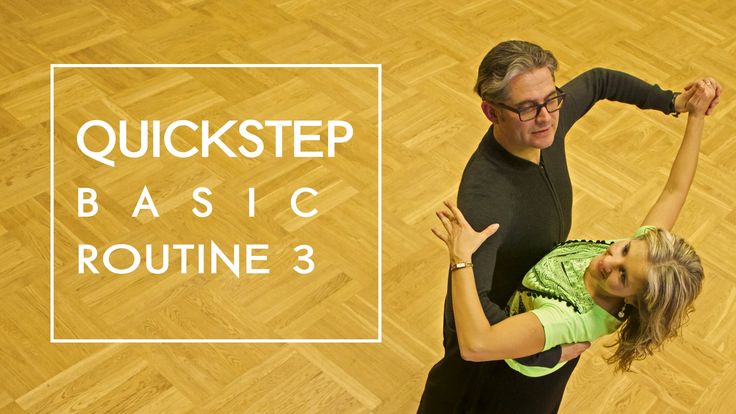
B in the first case, it may be different elementary movements, postures, jumps and turns; in the second - dance Steps; pas.
different a wide variety of progressive properties, this movement group is source material from which formed and continue to improve all new, more complex performance techniques contemporary classical choreography, especially big jumps like pas echappe, pas assemble, pas jete, etc.
B school dance steps are used usually as a link in various combination exercises or sets when studying more complex elements curriculum. At the same time, you can't consider that dance steps are something secondary to others performing techniques. Against the ability to accurately and harmoniously, in a strict masculine style, enthusiastically and musically perform dance steps indicative of fine skill of the choreographer. And than a more thorough dancer (or choreographer) comprehends this skill at school, the more technically virtuosic and artistic he will be able to speak from the stage with the language of his art.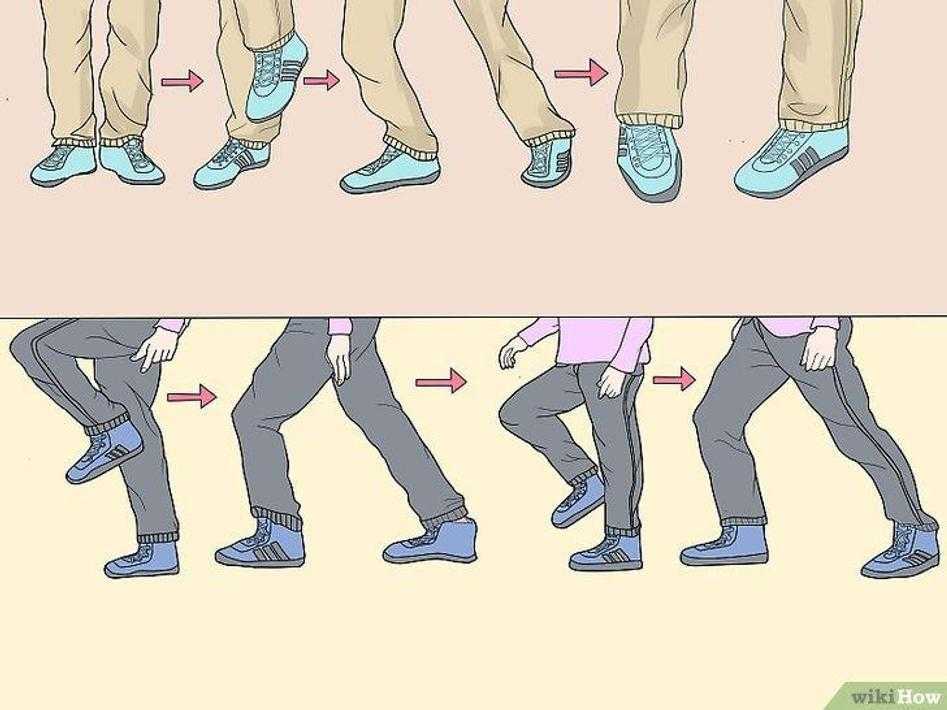 nine0003
nine0003
In short, The student must understand and feel that dance steps are not only technically well-developed links connections and approaches that allow logical and useful to connect and master subsequent movements and postures, but also plastic-emotional, inner line of active translational actions.
Study dance steps recommended from the very their simplest stage form - walk, and with, well prepared placing the entire figure of the student with the help of basic exercises such as battements tendus simple, protozoa port de bras, small poses, etc.
Each the future dancer should be able to move around the stage slender, free tread, and not domestically on overstressed or relaxed legs, etc. Of course, stage walking and running, depending on the design choreographer, can acquire a variety of emotional and psychological coloring, different style and character, but the school is approved only on the basis of strict educational academicism. Performed stage walking and running with a sock for the whole foot with semi-reversible legs. Initial the position of the legs can be I, V and IV positions. nine0003
Initial the position of the legs can be I, V and IV positions. nine0003
Each step should be done with free pull lift and fingers, with a light touch sock to the floor at the moment of transition to forward leg. Moreover, the transition this must be done in sequence entire foot, soft and elastic, without any pressure on her. Knee leg doing step, should be bent in moderation and stretched simultaneously with lifting and fingers just as soft, free and easy. In general each step should not be too big and not too small, but dynamic enough and aspired, especially while running. nine0003
Master stage walking must first motionless, freely lowered hands, then combined with a small port de bras, gradually and plastically guiding progressive aspiration of movement the entire body of the student. Next, you can learn brisk walking and finally running, which should be the same performance merit.
All the specified pace of walking and running is necessary apply according to the nature given exercise. For example, before adagio in the middle of the hall the student should go out calmly, measuredly; before allegro - quickly and vigorously, using (on assignment) discreet in some cases or fast running. nine0003
For example, before adagio in the middle of the hall the student should go out calmly, measuredly; before allegro - quickly and vigorously, using (on assignment) discreet in some cases or fast running. nine0003
Study stage walking and running should come first separately, in a circle, performing each transition to the free leg in 1/4 bipartite musical beat. well practiced stage walking and running the dancer to act accurately on the stage, freely and inspiredly, for example, as do it skillfully and talentedly. Vasiliev, Yu. Soloviev and other true masters of modern classical ballet.
Bow
B ballet art exists traditional, firmly established a dance step called a bow, which has two practical purpose, double meaning - educational and stage. With the help of the first student expresses to the teacher and accompanist respect, love and gratitude for their noble and hard work; at help of the second - to the viewer, for attention, applause and joy of success. nine0003
nine0003
53(191-195)
Educational bow. Starting position of legs I, semi-reversible. Runs easy sliding step towards II position taking battement tendu simple with simultaneous and soft transition to expanded leg; the other leg, already extended in instep and fingers, as soft as closes with a sliding motion initial I (half-reversible) position. After that, the head confidently bows forward (by 45°) and aligns again. The gaze is directed straight ahead. Hands are freely lowered down and motionless. The body is held slender and taut. nine0003
Each the component part of the bow is equal to, as usually 1/4 quadruple musical tact. In general, the bow must rise student smoothly, harmoniously; simple, without excess enthusiasm.
I remind you that it is recommended to study the bow after how the student masters the elementary setting the whole figure.
B Later, when the students begin perform on stage, bow will be intended for the viewer, not the educator and concertmaster, and, of course, to be performed in a strict manner, without any pretentiousness.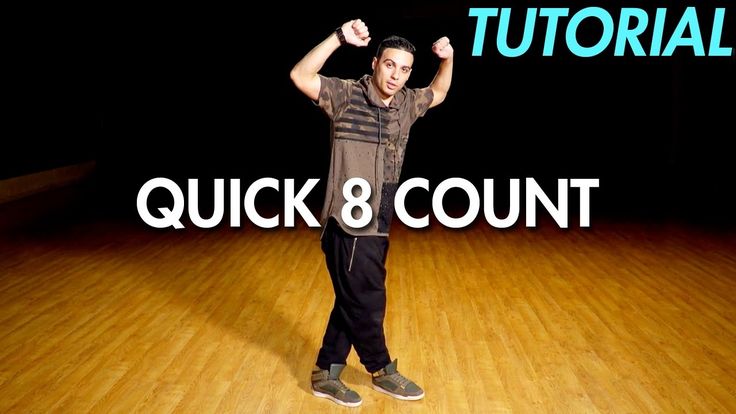 After all, true masculinity is always appears modestly. Therefore, the students elementary and even middle grades stage performance recommended thank the viewer still with the help bow training form. Senior students and graduate classes can be additionally introduce movements of one hand (port de bras), bowing already together in the stage, and not in an educational form, as if in two paces. nine0003
After all, true masculinity is always appears modestly. Therefore, the students elementary and even middle grades stage performance recommended thank the viewer still with the help bow training form. Senior students and graduate classes can be additionally introduce movements of one hand (port de bras), bowing already together in the stage, and not in an educational form, as if in two paces. nine0003
Stage bow. Starting position of the legs and step in side - the same; hand corresponding to direction of advance, at the same time opens through the 1st position to the 2nd, the other remains motionless, the head and the body is held straight. Next the free leg closes to the original I position, the head simultaneously bows forward, arms and body are held in the same position. Finally, the head aligns, hand from 2nd position descends to its original position, and the bow is performed in the other direction. nine0003
If viewer approval will be significant, the student can afford to reveal simultaneously both hands in the 2nd position, thus showing a higher degree of gratitude.
I, finally, the main thing - a stage bow it is necessary to perform not only accurately and plastically in form, but also in accordance with characterization of the role and style of the dance works. For example, it is desirable so that the performers of the parts of Spartacus and Romeo, Crassus and Siegfried, Danila and Paganini expressed to the viewer their gratitude in various plastic and emotional "key". All this obliges the school to teach the future dancer to communicate with a partner or partner on stage with a bow not formally, but meaningfully. The student must it is good to understand that the stage bow in classical dance is diverse and what is its main artistic merit - not outward gallantry and courtesy behavior of the "cavalier", and deep the inner meaning of the life of the performer in roles. nine0003
12 life hacks, to quickly learn how to dance from Mamita Dance
Dancing
Author: Pavel Collection
Psychologist, teacher of Salsa and Tango
Dances
Author: Pavel Pavel Pavel Psychologist, Salse and Tango teacher
At the start, you always want to get a quick result. When it doesn't happen, the hypothesis arises that everything takes time. After a conditionally acceptable time, humility comes to mastering pair dances, which, perhaps, is not given, and I will just do what I learned somehow. nine0003
When it doesn't happen, the hypothesis arises that everything takes time. After a conditionally acceptable time, humility comes to mastering pair dances, which, perhaps, is not given, and I will just do what I learned somehow. nine0003
This is the most common story of those who believe that the mere act of attending a pair dance class is enough to learn how to dance.
Absolutely not. If you want to really dance well, you have to make an effort outside of the dance class. A good teacher will definitely be needed, but the initiative should be on your side.
1. Listen to music
The most common and accessible advice that is given already in the first lessons. And it definitely works. Music creates a certain atmosphere of the dance and intuitively you want to move to it. It doesn't matter where you listen to music - in the car, on headphones while walking or doing household chores. nine0003
An addition that will help you dance better is your active participation in the music. Sing along, dance or simply beat musical accents with any free parts of the body. In the subway, for example, it is enough to tap out bright moments with your fingers, in the car to sing along with sounds, and at home you can jump for pleasure.
Sing along, dance or simply beat musical accents with any free parts of the body. In the subway, for example, it is enough to tap out bright moments with your fingers, in the car to sing along with sounds, and at home you can jump for pleasure.
2. Watch videos of good dancers
It's complicated, but also obvious. It’s more difficult, because without recommendations from more experienced dancers, unfortunately, it’s not so easy to find a good quality video on the net (I mean not the resolution quality, but the content itself). nine0003
Meaningful video viewing is about building an understanding of HOW dancers make a particular impression on a partner or viewer. Technology is at the heart of everything. Understanding how the pros do it is a big step forward.
It is important to distinguish a show from a disco dance, a staged performance from an improvisation, a stylized dance from an authentic one, etc. Ask for recommendations and dance teachers will always throw off a couple of videos of worthy landmarks.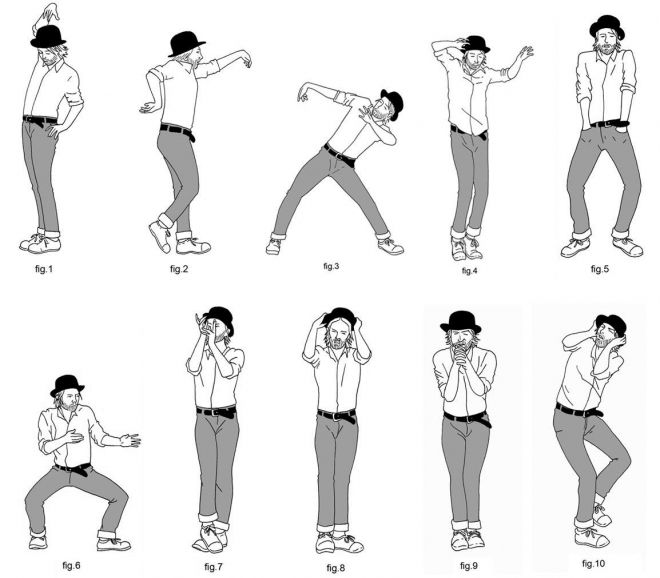 nine0053
nine0053
Tango Z. Showreel.
Online modern tango courses
Tango nuevo is the most advanced version of tango. We can quickly learn to dance from zero to a steep level.
| View details |
3. Dance in salsatecas/milongas/discotheques
A very delicate moment when it is worth coming to the first party. From a technical point of view, most students in 1-3 months have a sufficient set of figures and techniques to come and dance calmly. Psychologically, the same moment can be stretched out for an indefinite time. After all, it is imperative to “not lose face”, “learn more figures” and be sure what to do in case “there is an unfamiliar movement”. nine0003
In fact, the partygoers don't really care (except for a small layer of non-professional teachers who want to help inexperienced dancers by treating them as customers in the future). It is important to come and try dancing after a month of classes. You can only with friends or guys from your group. This will be enough to feel the adrenaline and inspiration from the dance.
You can only with friends or guys from your group. This will be enough to feel the adrenaline and inspiration from the dance.
4. Dance with partners or partners not of your level
The conventional wisdom that you need to practice in groups of your level does not withstand the test of experience. Perhaps now your eyes widened in surprise, and you want to meaningfully read the phrase again. Yes, you saw everything correctly: when you dance with a partner of your level, you don’t grow anywhere. nine0003
It's important to understand that not only does it work one way and you have to dance with cooler dancers, but it works even more effectively the other way. It is no coincidence that teaching pair dances dramatically raises the level of the teacher himself. You have an endless stream of very beginner dancers.
How it works. A more experienced partner needs to be "stretched". It's easy and obvious. With beginners, you need to take more initiative on yourself, see the general pattern of the dance more widely, turn on and insure more, try to be an example and be more careful. The quality of interaction begins to grow significantly. And wonderful partners too. nine0003
The quality of interaction begins to grow significantly. And wonderful partners too. nine0003
Dancing with partners of your level doesn't make you grow. Dance with beginners and more advanced dancers
Dominican Bachata Women's Style Online Course
Want to learn how to hypnotize those around you with the most appetizing part of your body? On the course we will tell you all the secrets.
| Interesting |
5. Learn to dance for a partner and for a partner
Turks and Argentines are one of the best partners in the world. In Russia, partners are highly valued. Why? The answer is simple. In Argentina and Turkey, it is not questionable for men to ask another man to lead in one piece or another and give feedback on the quality of the lead. For them, it will be a great shame to hear moralizing from a partner, or even more so to be known in the community as an insecure partner. nine0003
nine0003
In Russia, due to the constant, often far-fetched, opinion that there are more women in pair dances, partners calmly get up and study their partner's part. Such partners then grow into very cool dancers and teachers. In no case do this at parties, only in class. Here we are talking only about the learning strategy. At parties, be yourself.
6. Do not memorize links
Always try to look deeper and understand the through principle and idea of movement. Understanding what and how is done will make it possible to independently generate any sequences and chips. nine0003
Human memory is limited and there will always be a moment when something will escape and your repertoire will be limited by the size of RAM.
In Argentine tango, for example, there are seven levels of movement construction that, when mastered, will allow you to make millions of combinations. And how many dance sequences can you really remember? In rueda, more than 150 figures dance in a rare circle.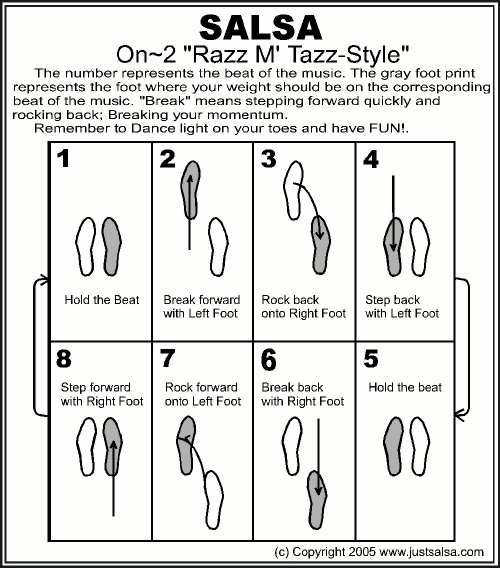 It's hard to keep more in mind.
It's hard to keep more in mind.
7. Develop your body
Many years of experience in teaching couple dance shows that as soon as everyone pairs up in a class, any progress in individual style ends. But it is the individual style that distinguishes everyone at the disco: partners change, and style is always with you. nine0003
The body as the main instrument of dance must be very plastic, responsive and emotional. Surprisingly, not all pair dance schools have a general physical warm-up. It is vital to tune the body and understand how it works.
You can always train extra and concentrate more on the basic steps, as their true value is as body work. The sequence of steps is, in fact, the simplest thing that can be in pair dancing. The quality of individual performance determines the craftsmanship. nine0003
8. Try on the images of inspiring dancers
A psychological life hack for those who have already mastered the steps, but still feel that there is not enough brightness and drive. Most are terribly afraid of being someone else's "clone". Here the action is the same as under the influence of hypnosis - the more you resist, the more you plunge into an altered state of consciousness.
Most are terribly afraid of being someone else's "clone". Here the action is the same as under the influence of hypnosis - the more you resist, the more you plunge into an altered state of consciousness.
With a high degree of probability, you are already dancing like someone else's "clone". A meaningful fitting of someone else's image is that you mentally take the image of the one who inspires you (inspiration is critical in this case) and "put on" yourself. Then you start dancing and trying to feel in general how it is to be able, for example, to be the best partner or the sexiest partner in a disco. This is much more difficult than it seems. But it works extremely efficiently. nine0003
9. Dance to unformatted music
Habitual rhythms keep you in tight limits. Tango salon or speedy timba leave little room for experimentation and fantasy. Pattern dancing is always noticeable and is reserved for beginners.
The truly new is born outside of the usual.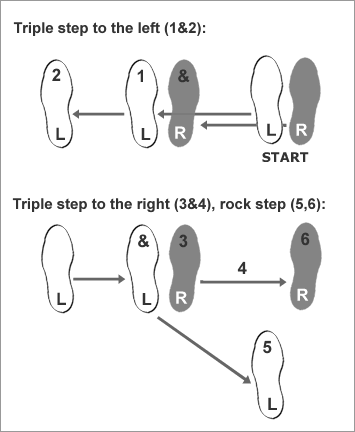 Look for places to experiment. If there is no place, organize self-training. The main thing is not to get carried away, because music determines the style. We bring something new to pair dances, rather than trying to change them. nine0053
Look for places to experiment. If there is no place, organize self-training. The main thing is not to get carried away, because music determines the style. We bring something new to pair dances, rather than trying to change them. nine0053
Search, improvise, don’t be afraid to go beyond, develop in different directions, be inspired by music atypical for the style
10. Try your hand at basic dance directions
dances exist according to their own non-choreographic laws.
This is the deepest delusion, which has turned into a ceiling for the qualitative development of partner dances. After all, all professional dancers, for example, in salsa or bachata, build their ideas on the basic choreographic principles. nine0003
Do not think that choreography is only applicable on stage. Any meaningful movement of the body can be choreographic. In general, try classical or modern choreography. Basically, hip-hop can work too.
11. Look for battle sensations
Pair dances return us to an active position of manifestation of our body. As in the days of our ancient ancestors, we impress the members of the opposite sex by how dexterous, hardy, sexy, etc. we are. Modern laws of the jungle in the entourage of big cities. nine0003
If you look around the dance floor, it becomes clear that the majority are clearly herbivores (not in the sense of vegetarians, but in relation to those around them). I am sure that predators are always more interesting in terms of the attractiveness of the image - try to find a counterbalance among herbivores, for example, a cat woman or a lion man.
The conversation is about an internal position, not about aggressiveness. Lability and lack of control are inherent in adolescents, and not in adult self-sufficient people.
Accordingly, even a training or friendly battle gives, on the one hand, practical skills - to make a bright sequence of movements, bring an idea to a climax, show a spectacular feature, on the other hand, develops the psychological basis of the dance - self-confidence, resistance to extraneous attention, self-control and self-control in complex elements.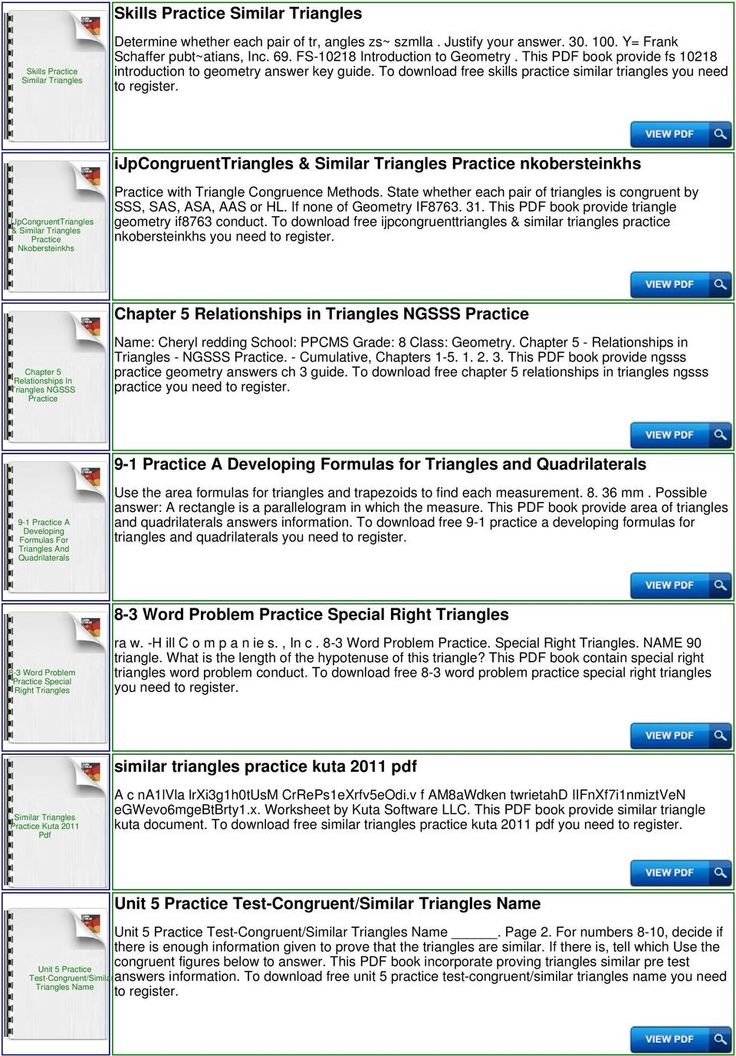 nine0053
nine0053
12. Communicate with professionals
The environment shapes the internal position. Basically, real passionaries of the dance community are ready to openly talk, discuss and support the development of dance in every possible way. Universal principles and the ideas they articulate have a much longer and more practical perspective than meets the eye.
Accept that, for example, behind the words "listen to your partner" is not only a beautiful metaphor, but also a practical skill to literally listen to your partner. At the same time, always treat every thought, even the most respected teacher, as a private opinion. nine0003
Your skill will lie in finding the scope of the idea even in conflicting opinions. Most often, the contradiction is speculative and the truth lies in the angle of perception or situationality.
Your dancing growth will stop sooner or later. This can happen at the level of three basic steps or years of experience in teaching and show performances.